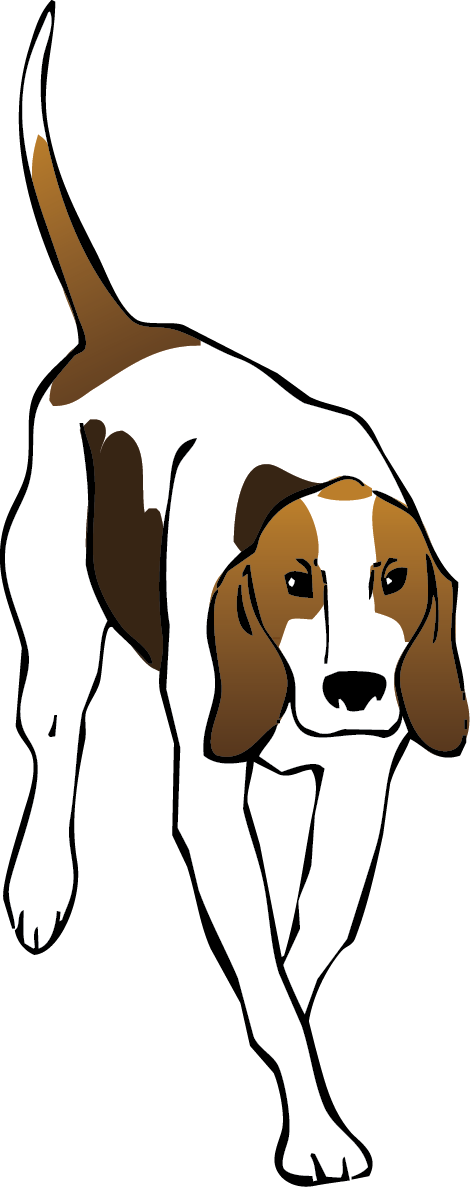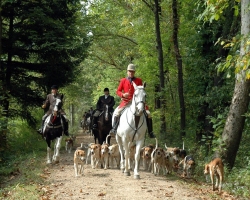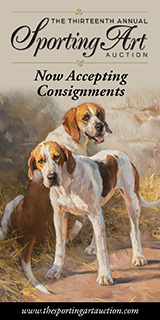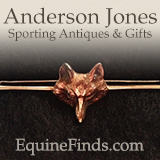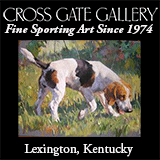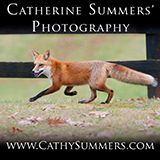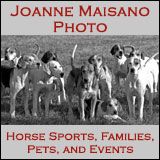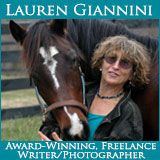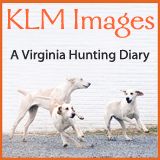Nigel Peel
You Ask; We Answer
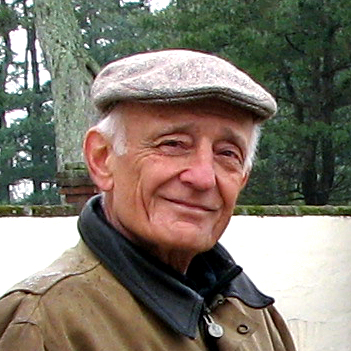 As the new season begins, I want to remind readers about one of Foxhunting Life’s features—our Panel of Experts. Every foxhunter has the occasional question, whether it be what the huntsman, the whipper-in, or the hounds are doing; the meaning of an arcane hunting term; breeding or judging hounds; correct attire; a point of etiquette; training the field hunter; even sporting art or literature.
As the new season begins, I want to remind readers about one of Foxhunting Life’s features—our Panel of Experts. Every foxhunter has the occasional question, whether it be what the huntsman, the whipper-in, or the hounds are doing; the meaning of an arcane hunting term; breeding or judging hounds; correct attire; a point of etiquette; training the field hunter; even sporting art or literature.
I have found over the years that while there are no bad questions, sometimes there are bad answers! In the belief that our readers deserve only authoritative answers, we assembled a Panel of Experts whose breadth of knowledge and proven experience was unassailable.
Questions tackled by our Experts have included: why does a fox bark, what triggers the spring dance of huntsmen from one hunt to the next, are there different types of foxes in England, how to handle a hound that is shy of men, can foxhounds make good house pets, how to retrain a horse that exits the trailer like a cannonball, why is an afternoon after-hunt meal called a hunt breakfast, what is a July hound, what is the origin of ratcatcher, and many, many more. To see the answers to those questions and others, go to the Ask the Experts dropdown menu and click on Questions and Answers.
The Foxes of England
Greyhound Fox / Courtesy New York Public LibraryFoxhunting Life reader Janet Clarke asks, “I was told a long time ago that there are different types of foxes in the UK. Is this true?”
We consulted Nigel Peel, MFH and huntsman of the North Cotswold Foxhounds, and Martin Scott, ex-MFH of the Vale of the White Horse. Both men are highly regarded foxhound breeders and judges of foxhounds in England and serve as members of FHL’s Panel of Experts. Their answers were not only surprising, but it appears that the story may be yet unfolding.
My Holiday with Hounds
Kennel huntsman Nick Hopkins exercises the North Cotswold foxhounds through the village of Broadway. / Denya Massey Clarke photo
On holiday one spring day in 2008 my husband (non-horsey) and I were walking down High Street in Broadway, enjoying the charms of one of the most attractive towns in the Cotswolds. Suddenly I heard hounds.
I determined to find the source, while my husband is thinking, “Really? We’re on vacation, and she finds hounds? Out of the blue? Really?” I saw a lane called Kennel Lane, and there, one block off High Street, were the kennels of the North Cotswold Foxhounds!
I was enchanted by the hounds living right in town. It made them so accessible, yet they weren’t. The North Cotswold foxhounds are a beautifully bred, highly respected pack. I imagined seeing them out of their kennels on a hunting day, yet, since we travel regularly to the Cotswolds in May, that wouldn’t happen.
While planning our third trip to Broadway, I couldn’t resist. I knew that the Joint-Master of the North Cotswold, Mr. Nigel Peel*, was a contributor to Foxhunting Life—in fact a member of FHL’s Panel of Experts. I asked editor Norman Fine if it would be impolite to ask to see the kennels. He kindly offered to introduce me by email to Mr. Peel, who bred this beautiful pack, hunts them himself, and whose reputation as a breeder and judge of foxhounds is universally renowned.
Fast forward: the phone rings in our Cotswold ‘cottage.’ It’s Nick Hopkins, kennel huntsman for the North Cotswold Foxhounds, calling on Mr. Peel’s behalf to invite me to walk out with the hounds on the twentieth of May at 7:45 a.m. Of course, I say. Thank you. Oh, mentions Nick, we’ll have a bike for you. A what? A bike. Oh, ok.... We hang up.
Hillsboro Denmark Is Grand Champion at Carolinas
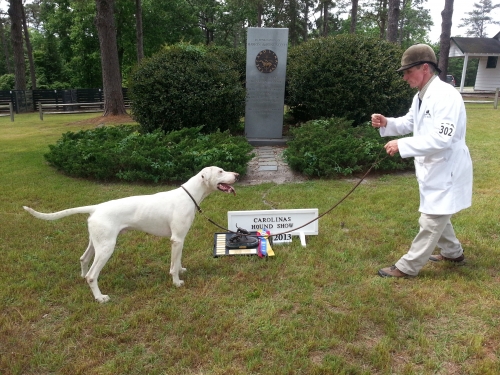 Huntsman Johnnie Gray shows Hillsboro Denmark 2012, Grand Champion Foxhound of the Carolinas Hound Show. / Leilani Hrisko photo
Huntsman Johnnie Gray shows Hillsboro Denmark 2012, Grand Champion Foxhound of the Carolinas Hound Show. / Leilani Hrisko photo
Hillsboro Denmark 2012 was judged Grand Champion of the Carolinas Hound Show on Saturday, May 11, 2013. Bred by Nigel Peel at the North Cotswold kennels in England, he was picked up late one night at LaGuardia Airport, along with another three-and-a-half couple of his North Cotswold kennel mates—all unentered hounds—by Hillsboro huntsman Johnnie Gray.
Before you call Mr. Peel and ask if he will send you a comparable draft, you should know that this was an “inside job.” Nigel Peel’s Joint-Master at the North Cotswold, Bradford Hooker, happens to be the son of Hillsboro’s senior Master, Henry Hooker.
All-New Staff at Blue Ridge
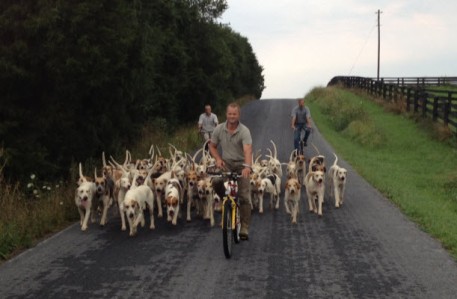 Huntsman Guy Allman leads the Blue Ridge pack on summer exercise with (l-r) whipper-in Neil Amatt and Albert Anderson behind. / Anne McIntosh photo
Huntsman Guy Allman leads the Blue Ridge pack on summer exercise with (l-r) whipper-in Neil Amatt and Albert Anderson behind. / Anne McIntosh photo
The Blue Ridge Hunt will have a new look up front when hounds take to the field for the upcoming season. Huntsman Guy Allman and first whipper-in Neil Amatt—both English-born—comprise an all-new professional hunt staff. The two men and the Blue Ridge pack of English and Crossbred foxhounds have spent the summer months getting to know each other and establishing a working relationship.
Guy arrived at the Blue Ridge kennels in May directly from England after twelve years as huntsman to the Mid Devon (UK). He has spent this very hot summer immersed in the task of establishing the Blue Ridge pack as his. Neil arrived just recently—within the month—from the Midland Fox Hounds (GA) where he has served for the past five seasons as kennel huntsman.
Who Carries the White Whip?
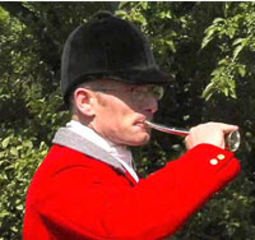 Huntsman John Tabachka“Are MFHs supposed to carry white whips?” asks John Tabachka, huntsman for the Sewickely Hunt (PA).
Huntsman John Tabachka“Are MFHs supposed to carry white whips?” asks John Tabachka, huntsman for the Sewickely Hunt (PA).
While there are slight differences in the answers from our experts, the common thread seems to place the white whip properly in the hands of those who deal with hounds in the field, either as huntsman or whipper-in. That said, as always, the Master may do anything he or she likes!
One thing you can always count on from Foxhunting Life's Panel of Experts: they speak their minds!
On Puppy Walking
Foxhound whelps—tiny creatures that in a few short years will be the very ones we rely on for our sport—are making their entrance into our world as we slide into the tailing end of the season. Hunt members and hunt supporters—"puppy walkers"—will be taking the lucky ones from the kennels to their own homes and farms to start the puppies' education in a free and pleasant environment.
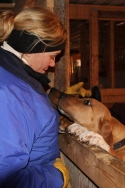 Puppy walker Heather Kuenzi wants to do her best for her huntsman and her puppies. She writes:
Puppy walker Heather Kuenzi wants to do her best for her huntsman and her puppies. She writes:
"I was recently asked by our huntsman to bring two puppies (Penn-Marydel bloodlines) to our farm for the winter and walk them out! Any words of wisdom, or training tips for when I'm out walking the fields with them? I'm curious to know if hounds are simply born "biddable" or if there are things I can do to work on developing those traits. I'd like to continue to walk puppies for our hunt with future pups and am working hard on returning them as honest members of the pack! I also have a half-foxhound house dog who is also enjoying "helping" me with raising them!
The Part-Time Whipper-In
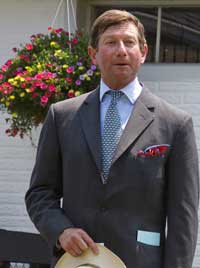
Nigel Peel, MFH
Karen L. Myers photo
Karen L. Myers photo
The Question
"I have read Lt. Col. Foster’s book Whipper-In which states the basic premise that whips must know the names of each hound to truly be of assistance," writes Kathy Rubin. "What contribution can I make as an honorary whip when I cannot devote the time to know each hound? Where should I set my sights so I can be of help to my huntsman despite the fact that I cannot be with hounds on a daily basis? I believe many of the smaller hunts in the country face the same problem. Can you give me some guidance and recommend additional reading?"
Knowing that Messrs. Scott, Robards, and Peel—world authorities on the subjects of foxhounds and the hunting of hounds in the field—are geared to thinking at the most sophisticated levels of hound management, I had to wonder, as I posed Kathy’s question to them, if they could truly identify with her less than ideal aspirations. They did. But at the same time, they didn’t let her completely off the hook.
The Foxhound’s Back: Curved or Straight?
"I have a question about foxhound conformation," writes Kelly Bryant who has hunted with the Mill Creek Hunt in Illinois. "I have noticed that in the hound show galleries, some winners have a level back and some have a curved back. How does the back relate to the performance of the hound, and what difference does a level or curved back make? Which is preferred?"
These are excellent questions, and, as we have noted before, there are no right and wrong answers—only opinions and cautions. A wheel back is desirable to many breeders and judges of modern foxhounds, but a roach back is—most will agree—a weakness.
Where Did You Hear That One?
I shall always be grateful to the Masters of Foxhounds Association for allowing me to develop Covertside and serve as
its editor for fifteen years. During that time I had the unparalleled opportunity to meet, observe, hunt with, talk to, and interview many of the greatest huntsmen, hound breeders, Masters of Foxhounds, and foxhunting statesmen of the last half-century. Not only in North America, but in England and Ireland as well.
When planning this website, one of the features I wanted to offer was access to authorities such as these. Every foxhunter has the occasional question, whether it be on an arcane hunting term, hunting hounds in the field, breeding hounds, correct attire, a point of etiquette, training the field hunter, sporting art or literature.
